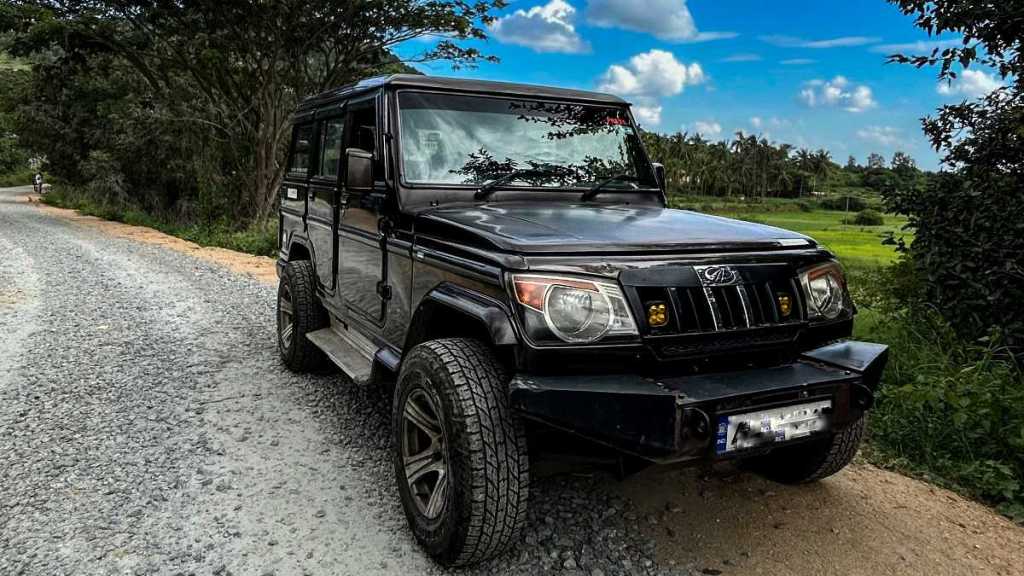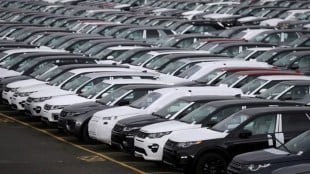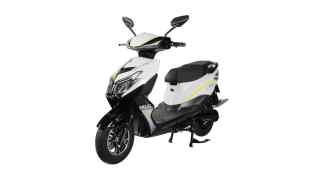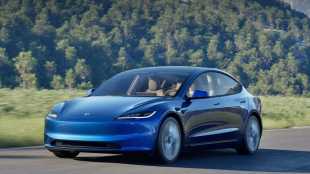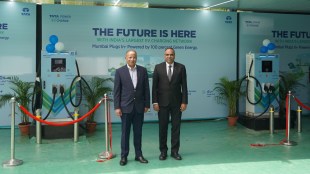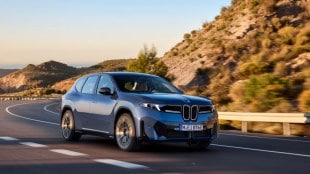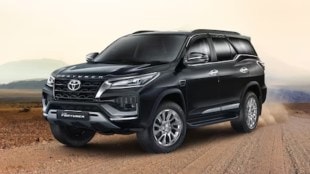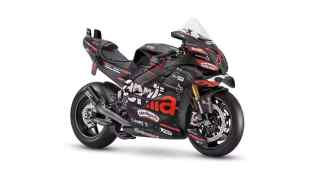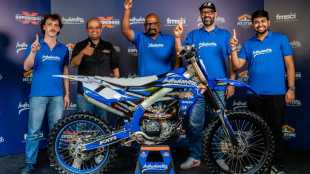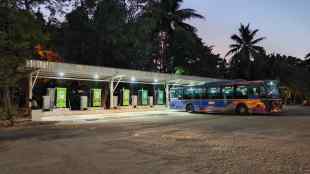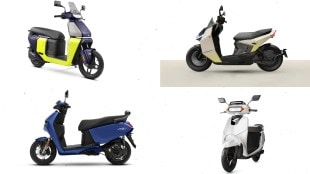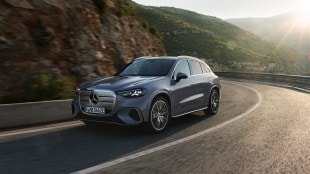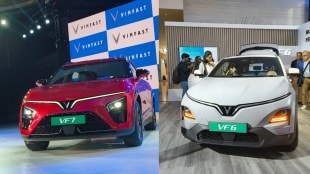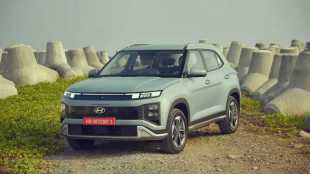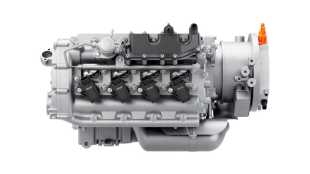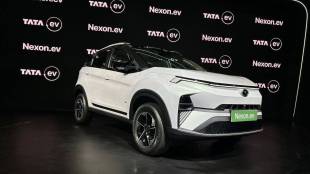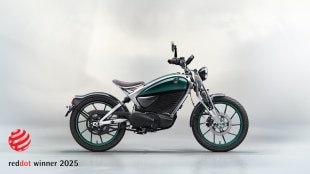The rural market is huge for carmakers in India, and to sell here, a vehicle needs to be sturdy. There are no smooth tarmac like one would find in the urban landscape and service centres are also sparse. To tackle such conditions, a vehicle needs to be robust, have long service intervals, and be easily fixable.
One segment that addresses all of them is an SUV, however, with a market like India that terms even a crossover as an SUV, which one could be the king of the rural parts of India? One doesn’t need to think hard, the answer is the Mahindra Bolero.
Mahindra Bolero — The Real King of Indian Villages
The answer is no surprise, as the Mahindra Bolero has been the go-to vehicle for a long time now. The Mahindra Bolero is popular in every Indian village and for the right reasons. The Bolero is an SUV, seats seven, has a reliable diesel engine, and is built to the need — not built well.
The Mahindra Bolero is one of Mahindra’s oldest running names and it started its life with a Peugeot 2.5-litre diesel engine and slowly saw a major update to a DI turbo diesel engine. It then moved on to a slightly more efficient M2DiCR diesel engine and now comes with a three-cylinder 1.5-litre engine.
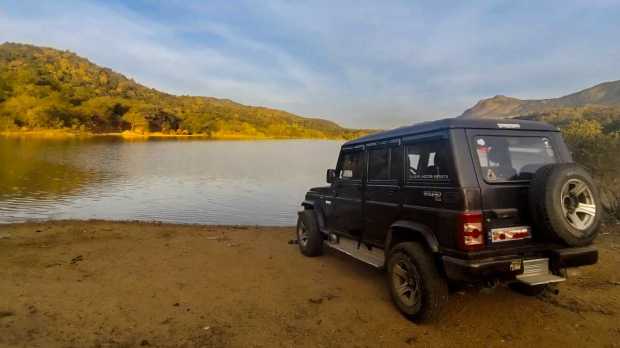
The overall design has been the same with minor tweaks along the way such as to the grille, bumpers, and headlight design. The interior has been more or less the same, while dual airbags was something that came up recently.
What makes the Bolero excel?
But what makes the Bolero shine in such environments is its approach. It has a service interval of 10,000km, and there is not much maintenance to be done really, apart from checking the suspension bushes, and running spares. The suspension could take on any terrain and the 2WD models were capable enough to tackle tricky situations. There was a 4X4 version as well, but reserved for the government.
The simple ladder frame chassis and the body-on-frame design made life easier for major repairs as well, one of the most common being rust. That did not deter people as the vehicle ran, regardless of the rust, worn out tyres, 10 people instead of 7, tarmac or no tarmac.
The older DI turbo models were the most reliable as they were properly mechanical and anyone could fix it. The M2DiCR models had some electrical gremlins and these two models continue to be popular in rural parts, even in the used market.
